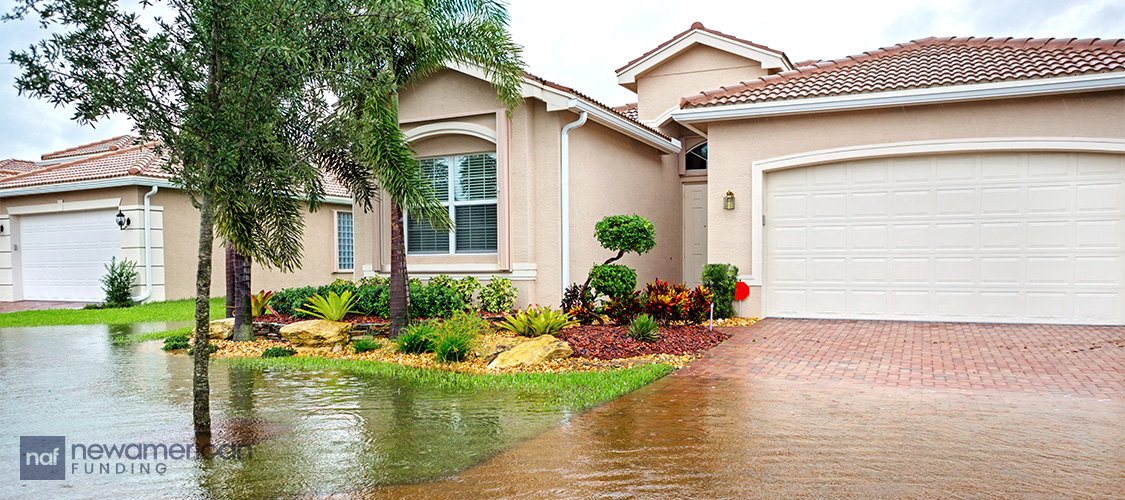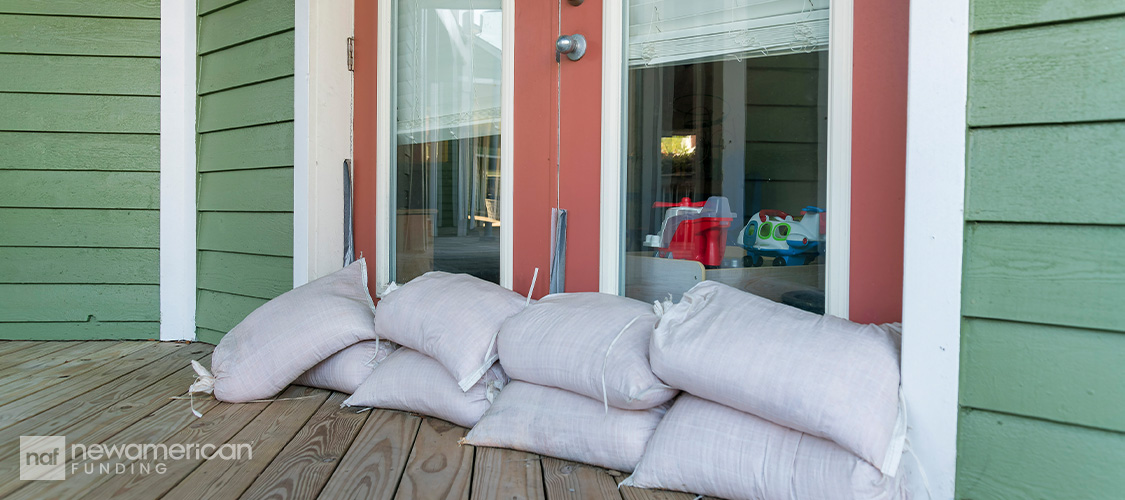Homeowners
Weathering the Storm: Essential Hurricane Preparedness for Your Home
September 27, 2024
Every year, hurricanes ruin lives. The storms damage property, destroy homes, and cause injuries and deaths.
About 32.7 million homes along the Gulf and East coasts are at risk for hurricane wind damage, according to a 2024 Hurricane Risk Landscape report from real estate data provider CoreLogic. Of those, about 7.7 million are also vulnerable to storm surges.
The total reconstruction cost for those millions of homes is $10.8 trillion, according to the report.
That’s why it’s important to prepare ahead of time. You can’t control the weather, but you may be able to lessen the risk to both your home and your health.
Homeowners should know whether they are in a flood plain, if their home is located at the bottom of a hill and more likely to flood, and identify any areas in a home that might be more vulnerable to water getting in.
“It's important that you are thinking actively proactively about this possibility in terms of how exposed is my home?” said Benjamin Collier. He is a professor in the Department of Risk, Actuarial Science, and Legal Studies at Temple University in Philadelphia.
What are the main hurricane risks to homes?
The two biggest risks that homeowners face from hurricanes are wind damage and flooding, according to experts.
High winds can blow down trees and their limbs, along with power lines. This can block roads, making travel impossible, damage property like homes or cars, can knock out your power, gas, and limit or block communication.
Flooding can make roads impassable, destroy property, and cause landslides and erosion.
Even just a few inches of water in your home can cause significant damage. It can destroy appliances and flooring and cause structural damage in some cases.
If not treated properly, flooding can also lead to mold. This can cause unwelcome health problems.
Make sure you understand your homeowners insurance policy

One of the most important things to have if you live in at-risk area is proper insurance.
Make sure you know what is covered by your insurance. Wind risk is sometimes covered by homeowners insurance, but you will need to check.
Meanwhile, flooding usually isn’t covered by typical insurance. That means homeowners may have to buy a separate policy from the National Flood Insurance Program, which is run by the federal government, or a private insurer.
Generally, lenders will require those with a mortgage to have flood insurance. However, those who own their homes outright or live outside of a flood zone, may not have this coverage.
That means if their properties are damaged in a storm, they may not receive insurance dollars to fix the damage or rebuild.
“Insurance should be central to how people are thinking about managing these risks,” said Collier. “Because the [reconstruction] costs can be so large, many people don’t have the resources available to manage them any other way.”
Protect your home from wind damage
You can help defend your home from wind damage by making sure your roof is in good condition and your doors and windows are sealed.
In some states homeowners are being encouraged to replace their roofs with “fortified roofs” that hold up to more wind damage, according to Collier.
You can protect your windows and doors with hurricane shutters, plywood, or other types of reinforcement.
“The point is that those windows and doors are the entry point for water and rain and wind,” said Collier. “Other damage from the wind too, like tree limbs or whatever else to come into your home. And so, if you can block those off, then you can minimize damage.”
You should also make sure to tie down or bring inside any loose items that are outside that may blow away—or into your home. This can include planters, trash cans, and outdoor furniture.
Protect your home from flooding

Elevating is one of the best ways to protect your home from flooding, say experts.
In certain areas (such as on coastlines) it may be required, according to Collier. However, this is an expensive structural change that is not always easily accessible.
Even raising more at-risk items in your home can help.
“If you’re in a flood zone and have appliances in the basement, elevating those can reduce some of the risk,” said Collier.
You can also use things like sandbags, flood dams, and plastic sheeting to seal doors and windows to keep water from getting in.
Making sure you and your family are ready
Whether you’re having to shelter in place or evacuate, there are a few things you can do to be ready.
· Keep emergency supplies of water and non-perishable food on hand.
· Make sure you have any medications you need in a safe and accessible place. This includes having a plan in place for medications that need to be refrigerated
· Be ready to evacuate with a full tank of gas and a “go bag” that has emergency supplies and your important documents in it. You also want to leave early enough so that you’re not stuck in traffic when the disaster hits.
· Make sure you have batteries for lights and charged battery packs for cell phones.
· Know the locations of your local emergency services. These include the closest hospital, fire department, and any storm shelters.






 Smart Moves Start Here.
Smart Moves Start Here.